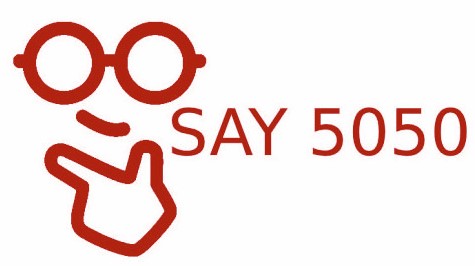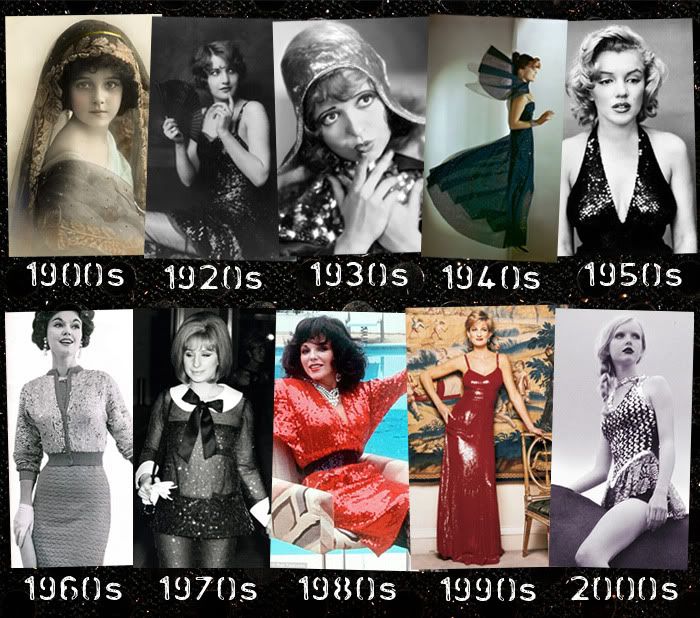Fashion trends are more than just garments; they represent cultural shifts, societal values, and individual expression across generations. Exploring the evolution of fashion offers a fascinating journey through time, revealing how styles have adapted and transformed:
1. The Roaring Twenties: Flappers and Art Deco
The 1920s witnessed a rebellion against traditional norms, with flappers embracing shorter hemlines, bobbed haircuts, and a newfound sense of freedom. Art Deco influences permeated fashion, characterized by geometric patterns and luxurious materials.
2. Golden Age of Hollywood: Glamour and Elegance
In the 1930s and 1940s, Hollywood glamour set the stage for fashion with iconic figures like Audrey Hepburn and Marilyn Monroe. Bias-cut gowns, tailored suits, and red-carpet elegance defined this era, reflecting escapism amidst global turmoil.
3. The Swinging Sixties: Youthquake and Mod Style
The 1960s marked a cultural revolution, led by the youthquake movement and the rise of mod style. Mini skirts, bold patterns, and psychedelic colors symbolized a rejection of tradition and a celebration of youthful exuberance.
4. 1970s Bohemian Chic: Hippie Culture and Disco Fever
The 1970s embraced diversity with bohemian influences from the hippie movement and the glitz of disco fever. Bell-bottoms, peasant blouses, platform shoes, and metallic fabrics defined the era’s eclectic fashion landscape.
5. 1980s Power Dressing: Bold Shoulders and Neon
The 1980s were synonymous with power dressing and excess. Sharp shoulders, oversized blazers, neon hues, and conspicuous consumerism reflected newfound economic prosperity and women entering corporate boardrooms.
6. Minimalism of the 1990s: Grunge and High Fashion
The 1990s juxtaposed grunge’s anti-establishment ethos with high fashion’s minimalist aesthetics. Flannel shirts, ripped jeans, slip dresses, and Calvin Klein’s understated elegance defined a decade of cultural rebellion and refinement.
7. 21st Century: Digital Revolution and Global Influences
The 21st century witnessed fashion’s democratization through social media and global connectivity. Streetwear, athleisure, sustainability, and inclusivity have reshaped the industry, with designers embracing diversity and digital innovation.
Modern Runways: Bridging Heritage with Innovation
Contemporary fashion trends blend heritage craftsmanship with technological innovation. Sustainable fashion practices, digital couture presentations, and virtual fashion shows redefine industry norms, reflecting a dynamic and ever-evolving cultural landscape.
Fashion’s Enduring Legacy
Fashion trends evolve in response to societal changes, technological advancements, and cultural influences. From rebellious movements to timeless elegance, each era leaves its imprint on fashion, celebrating individuality and creativity while shaping the way we dress and express ourselves today.



